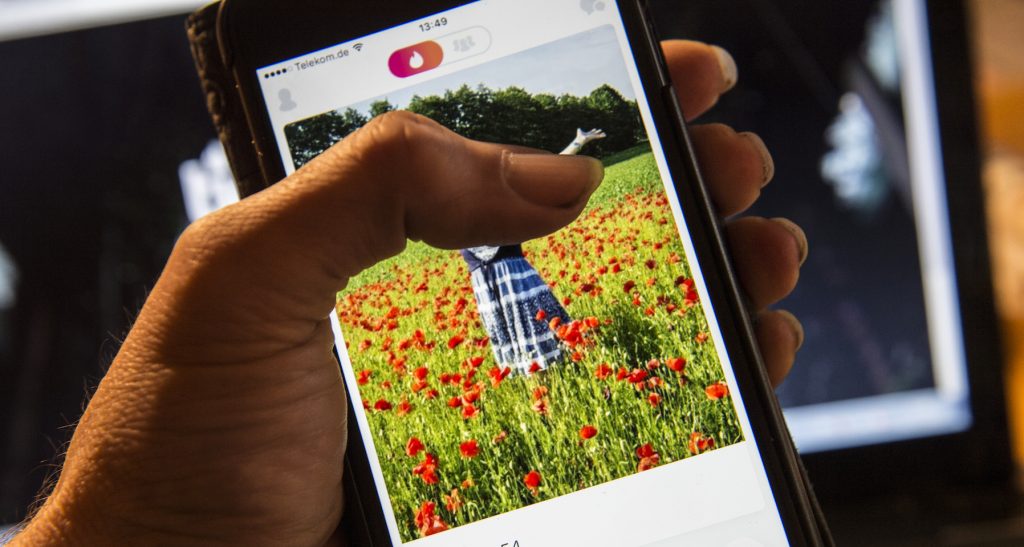Love. It makes the world go round, or so we’re told. But not just because it gives us that warm, fuzzy feeling – with news this month that dating apps are now worth £11.7bn to the UK economy, it's a pretty good money spinner too.
Tinder, Grindr, Happen, OkCupid, First Dates... the list of ways we've found to boost the market for love is endless, and we're not the first generation to do it.
Where did it all begin?
Humans have been buying, selling, and profiting from finding love for each other for hundreds of years. Personal advertisements from people seeking marriage first appeared in British newspapers as far back as 1690, with an emphasis on social and economic status rather than likes and dislikes, or interests. Historian Francesca Beauman wrote a pretty comprehensive history of dating in the amazingly named Shapely Ankle Preferr’d: A History Of The Lonely Hearts Ad 1695-2010.
In 1959, the first computer-based matchmaking service was invented. With the less-than-romantic title of “Happy Families Planning Service”, the project was devised by two Stanford students as a final math project, matching 49 men with 49 women.
Soon, video and pen pal dating services started popping up, eventually leading to the launch of the first online dating agency, Match.com, in 1995. The early 2000s saw the likes of eHarmony, Plenty of Fish and Ashley Madison burst onto the scene – and the rest, as they say, is history.
Is it really okay to make money from lonely hearts?
To some, there's something a little uncomfortable about making a business out of something as pure and personal as looking for love. But Caroline Brealey, a relationship and dating expert, doesn’t think so.
“What people are buying when they sign up to an online dating site is a service and a platform to help them get to where they want to be quicker, in other words, in a relationship,” she says.
“Yes, it's love – but it's still business at the end of the day, and works the same way as any other industry. People will pay for shortcuts and convenience. If it's unethical, then so are recruitment sites charging out of work people to put up their CVs, or personal trainers for charging people with low self esteem about their weight.”
Some people might argue that part of the joy of dating is in the chase, the obstacles, the uncertainty – all of which are removed when we meet a partner through a dating site or app. But the fact that one in five relationships now starts online speaks for itself. Clearly, plenty of love-seekers are quite happy to skip these steps and get straight down to smooching.
So where next?
Zoe Cunningham, a technology expert, sees no end to innovation in the dating industry. “The internet surpasses anything we have ever known for its ability to connect people,” she says. “As technology develops, the dating world will find more and more innovative ways to do so.”
And she’s right – the world of dating apps is expanding pretty rapidly. Just this month, Hater, a new app that allows users to match with others based on the things they hate, hit the headlines. And London-based entrepreneur Shed Simove has just launched Shinder, a dating app with only one male user – himself. Desperate times…

